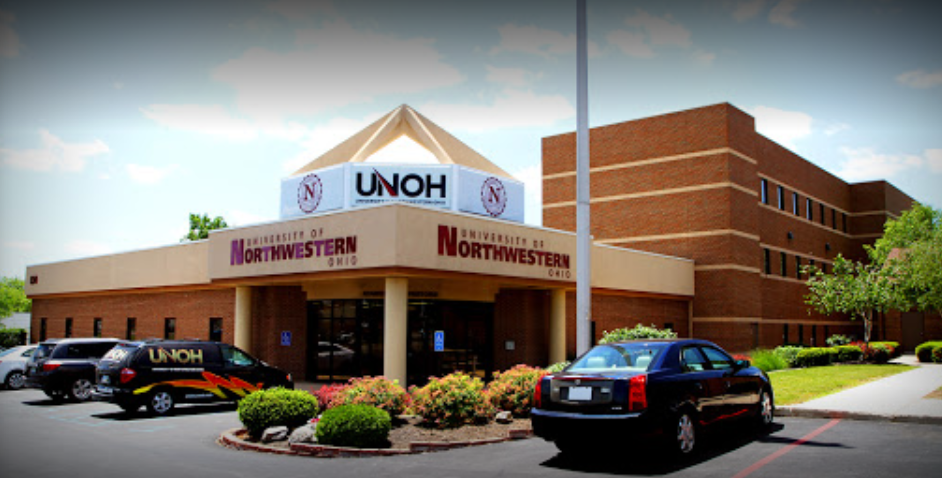Fall Harvest Road Safety
Written by WKTN Staff on October 26, 2019
Hardin County – Farmers have begun to harvest soybean fields, about three to four weeks later than most years. The majority of the soybean fields will not be harvested until the latter part of the month. Farmers have harvested corn for silage but few fields have been harvested for grain. Most of the corn fields will be harvested the end of October to the first part of November.
Because of the wet spring, fields were planted over a six-week period, with the majority being planted in late June. As a result, the harvest season has started later and will extend over a longer period. Generally, harvest equipment is on the roads for a relatively short time, but this year harvest equipment may be on roads well into December. Drivers need to be aware of the potential of farm equipment being on roads for the months ahead.
Harvest will cause large and slow-moving farm vehicles to be on rural roads, such as combines, tractor trailers moving combine heads, tractors pulling grain carts, and grain trucks on narrow township roads.
Fewer hours of daylight as the earth moves toward the winter solstice and limited number of harvest days because of wet fields may force a large number of farm vehicles to be on rural roads at one time. Also, farmers have the ability to harvest at night, so equipment may be out after dark.
Motorists need to be prepared for these slow-moving vehicles and to patiently remind themselves that agriculture is a major industry that adds to economic health and well-being of our community. Vehicle collisions are often the result of differences in speed between slower-moving farm equipment and passenger cars and trucks. Many times, the vehicle driver has not allowed enough time to react when they recognize farm equipment on the road. Unfortunately, accidents with farm vehicles are often severe and injuries occur.
Motorists can improve road safety by the following tips:
.Remember farm machinery has a legal right to use public roads just as other motor vehicles.
.Farm machinery can unexpectedly turn onto a public road from a field or driveway.
.Farm machinery travels slower than normal traffic, often at speeds of 25 miles per hour or less. Automobile drivers must quickly identify farm equipment and slow down immediately to avoid rear end crashes.
.Farm machinery operators may not be able to see you because the large equipment or a load can block part of their rear view. If you cannot see the driver, the driver cannot see you.
.Slow moving farm machinery traveling less than 25 miles per hour should display a slow-moving vehicle emblem on the back of the equipment. This is a quickly identifiable sign to other motorists.
.Machinery that is half on the road and half on the shoulder may suddenly move completely onto the road.
.Wait for a safe place to pass, keep headlights on, and avoid tailgating. Be prepared for the farm equipment to swing wide to make a right or left turn into a field.
.Watch for debris dropped by trucks hauling grain and mud from vehicles leaving fields. All of which may make roads more slippery and hazardous.
.Deer activity will be increased as they search for new areas as the corn is harvested.
.Do not use a cell phone or be distracted by other activities while driving on rural roads during the peak harvest season.
Farmers improve road safety by obeying the following safety tips:
.Use a Slow-Moving Vehicle (SMV) emblem on the last piece of equipment being hauled.
.Utilize safe travel routes between fields and take into account potential problems with automobile traffic and narrow roads.
.Try to avoid high traffic times, usually mornings and late afternoons.
.Use caution with extra-wide farm machinery, which may take up more than one lane to avoid hitting obstacles such as mailboxes and road signs.
.Slow down for sharp curves or when going down a hill.
.Use an escort vehicle to follow behind slow harvest vehicles.
.Avoid driving on roads after long harvest hours when feeling fatigue, which may affect reaction time.
Article written by Ed Lentz, OSU Extension-Hancock County and edited by Mark Badertscher, OSU Extension-Hardin County.



